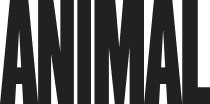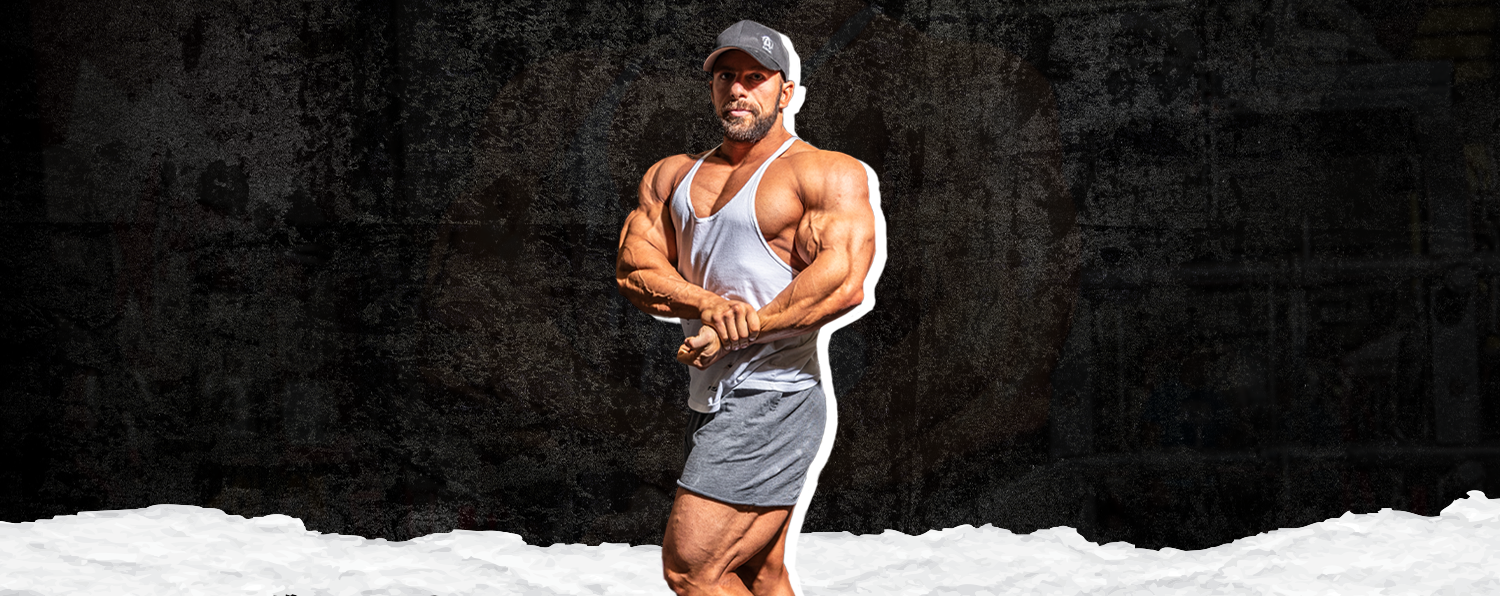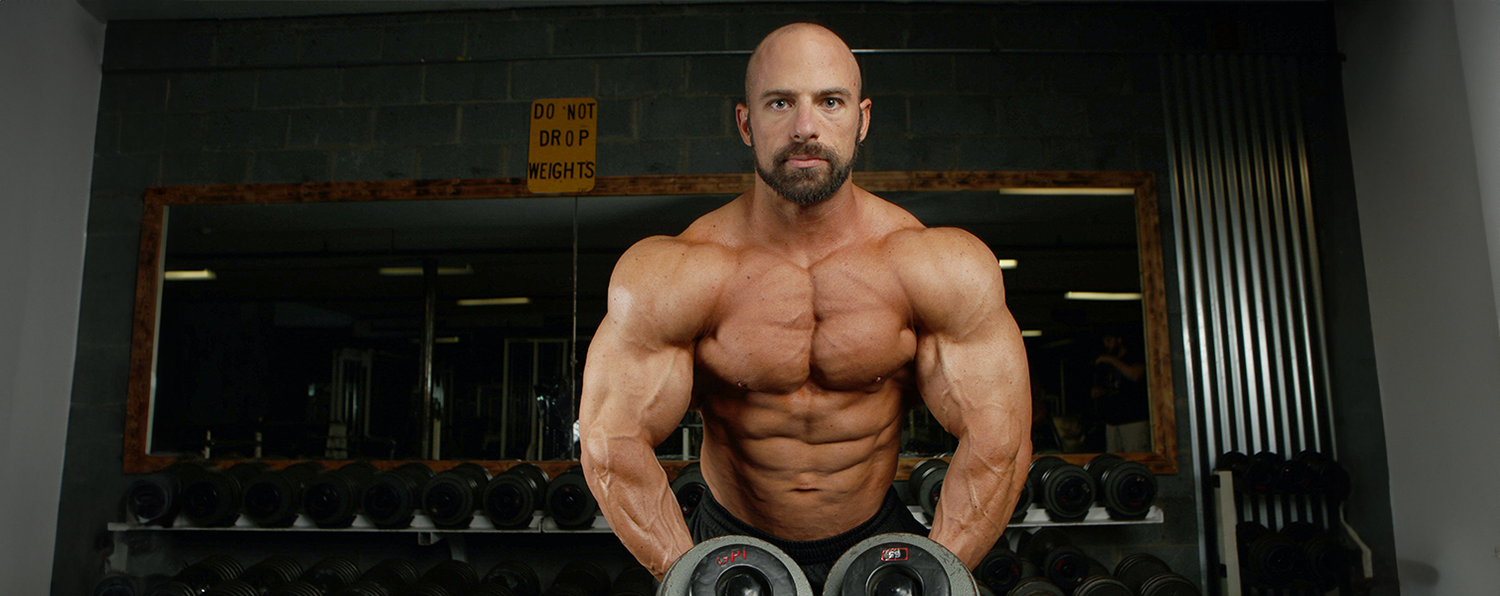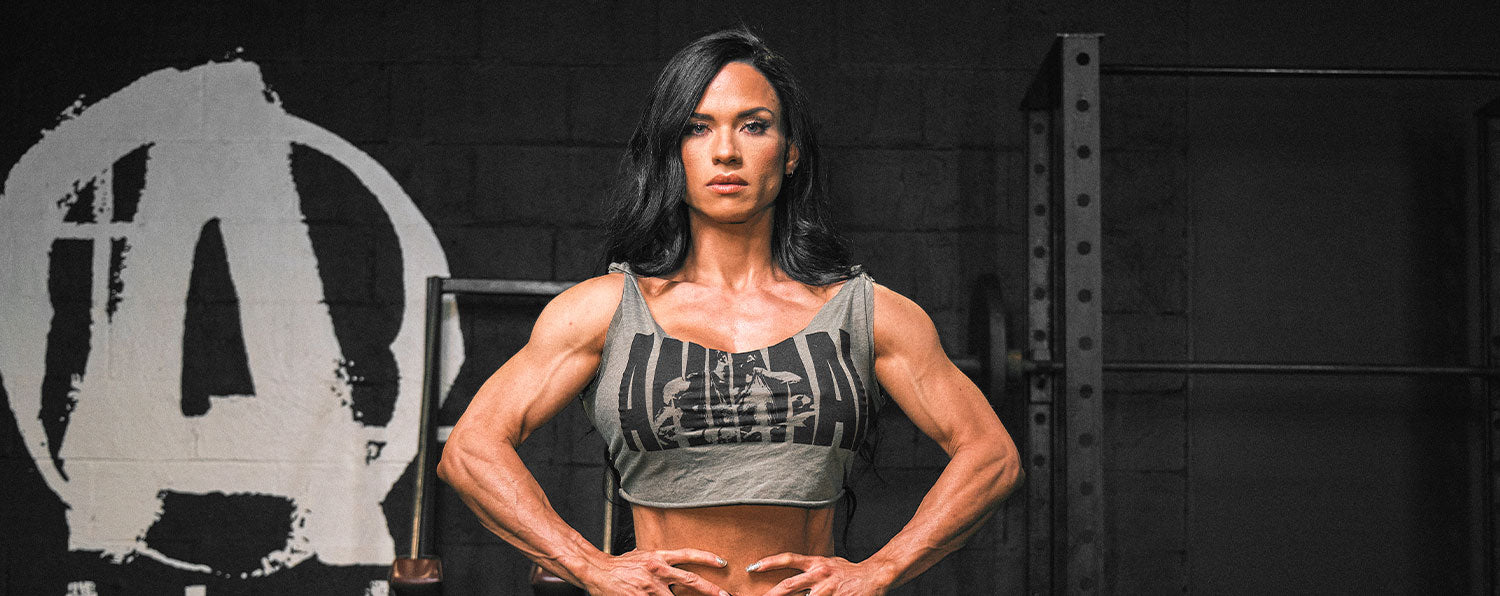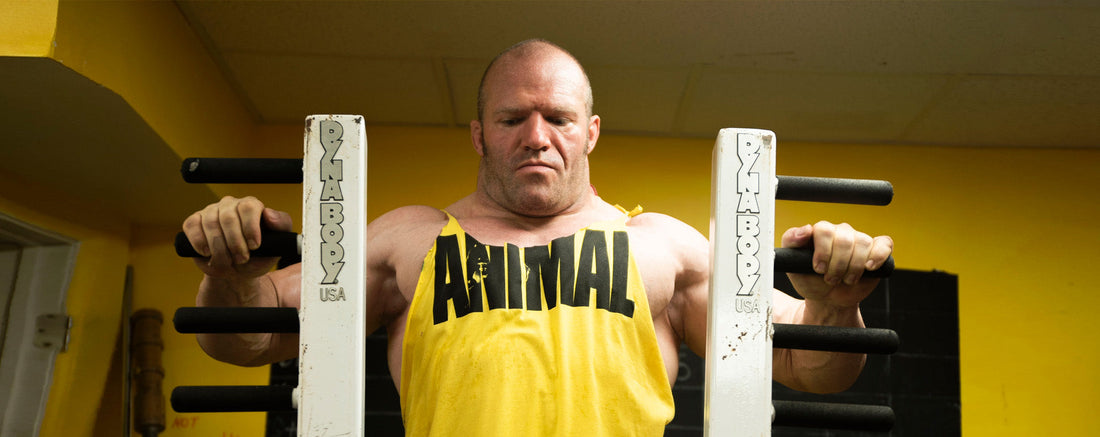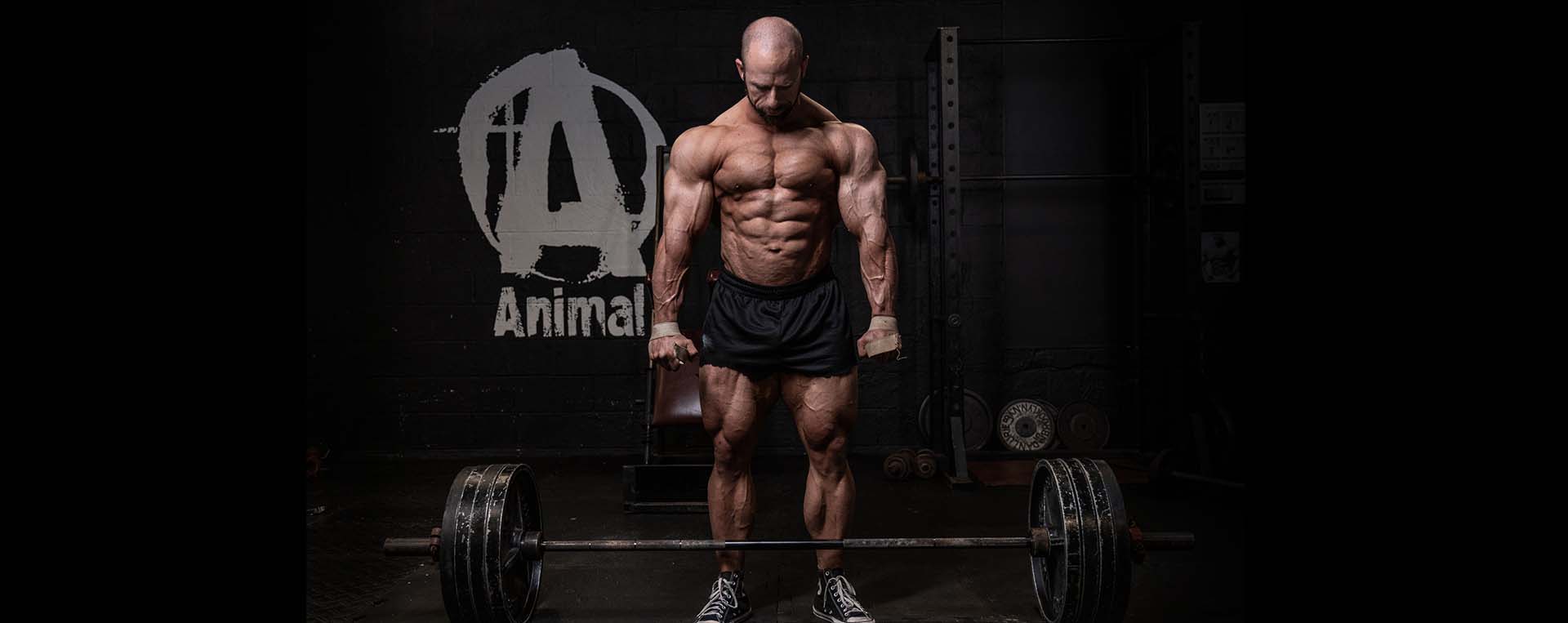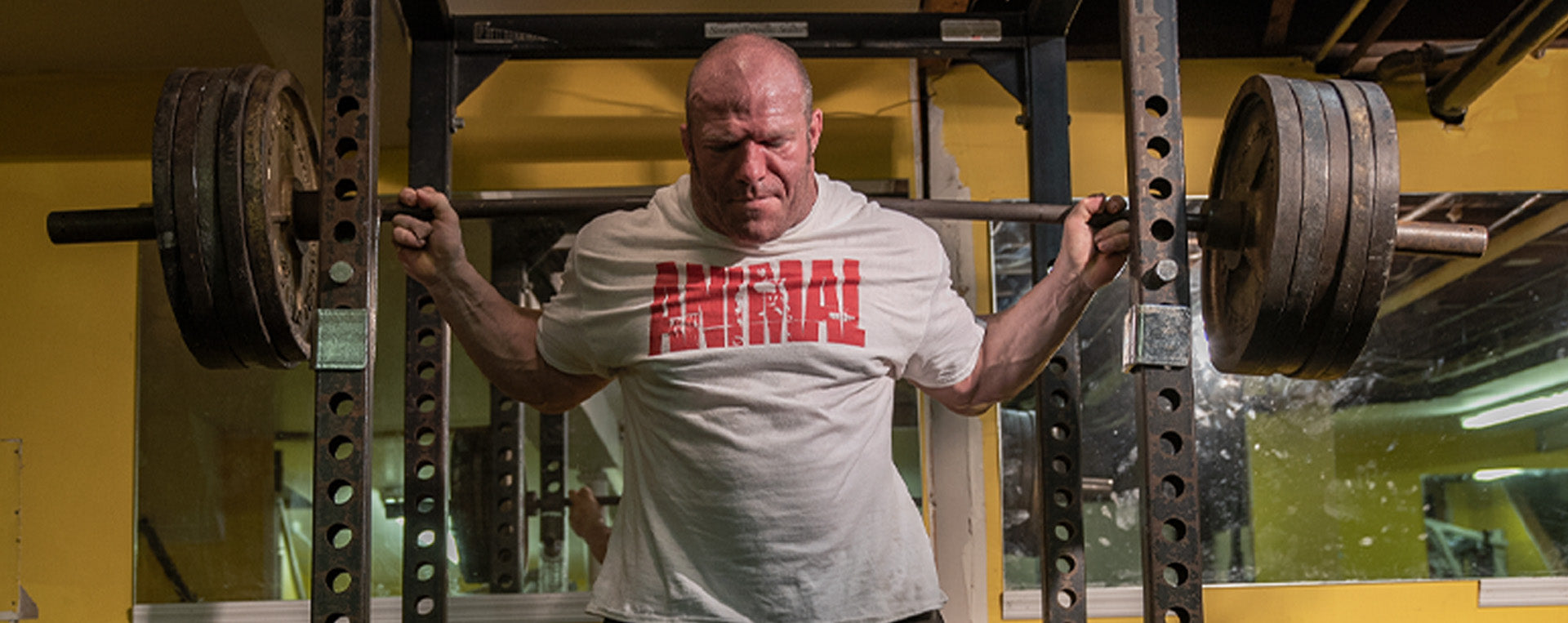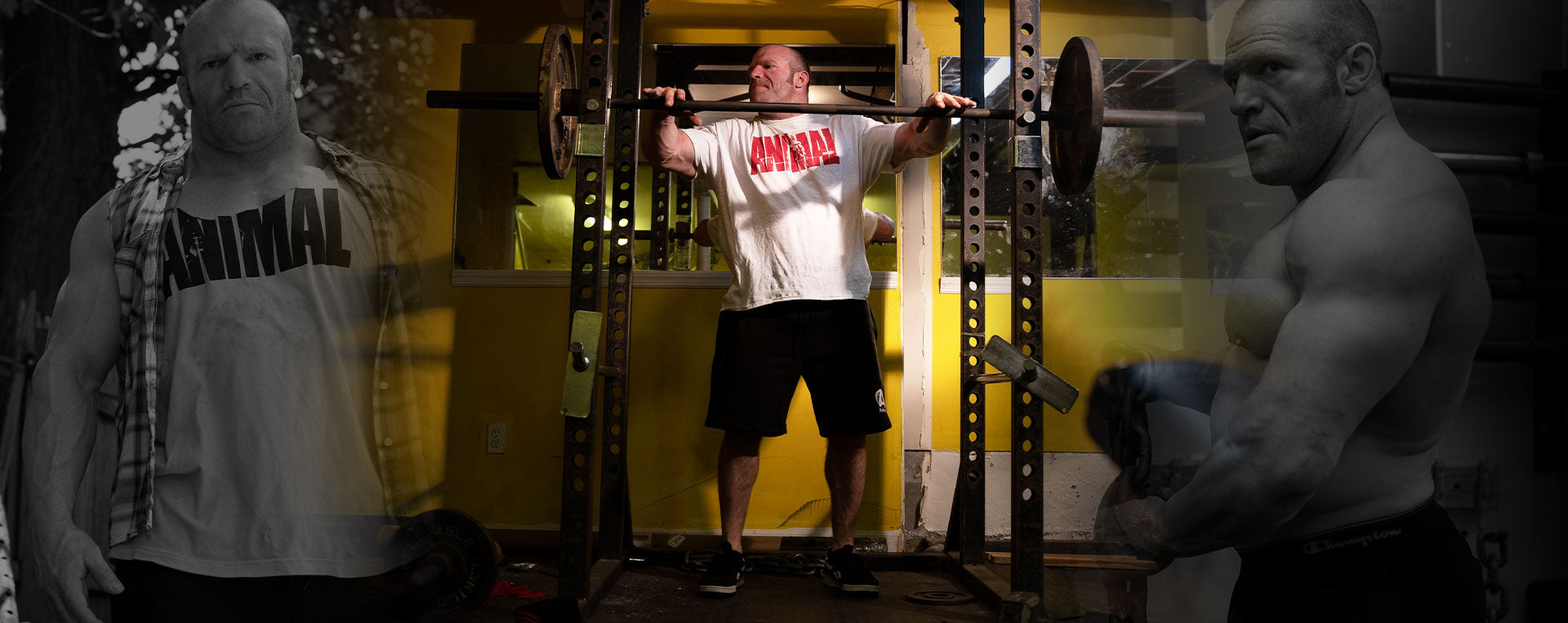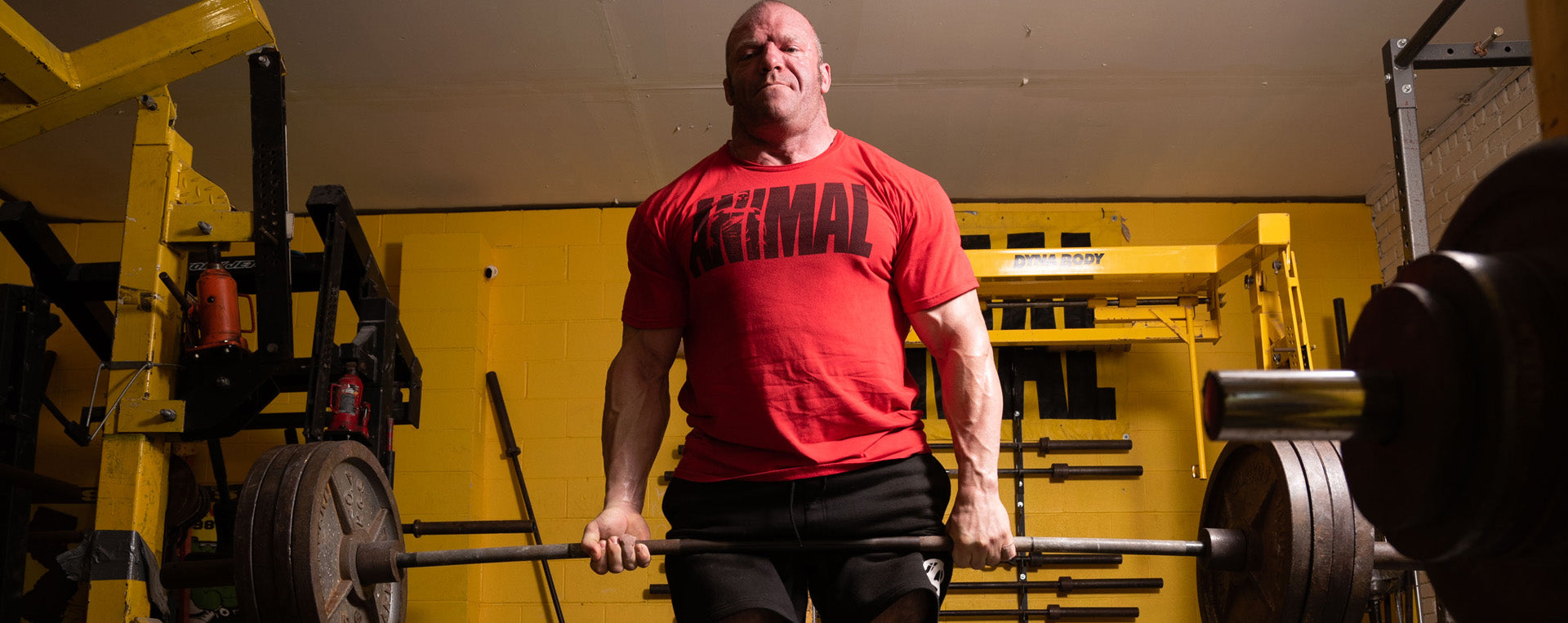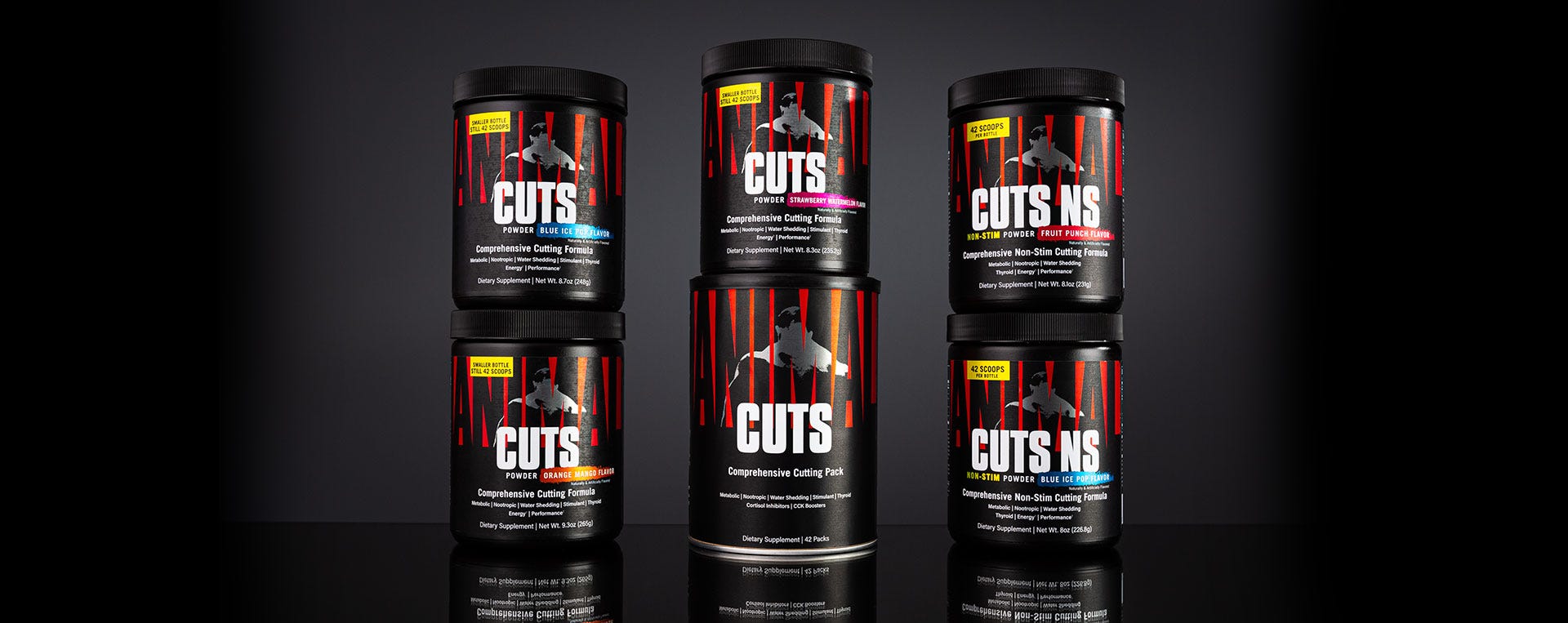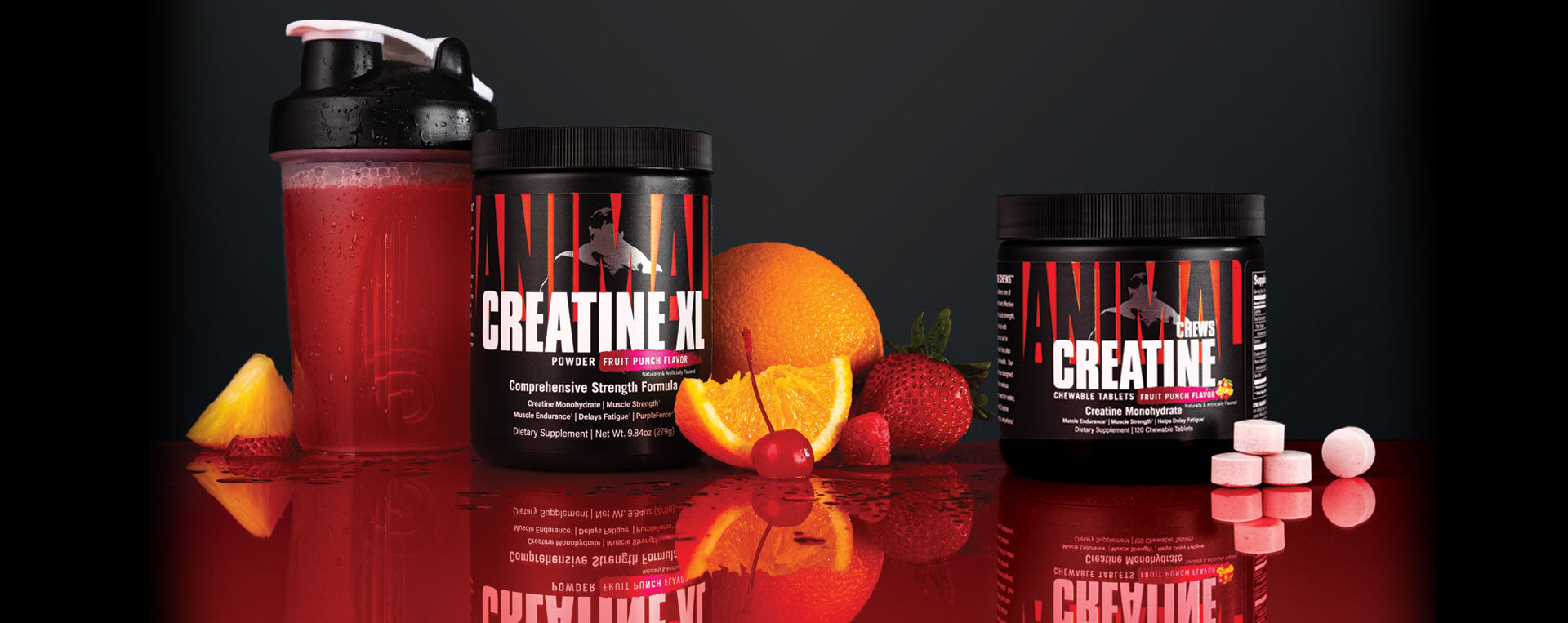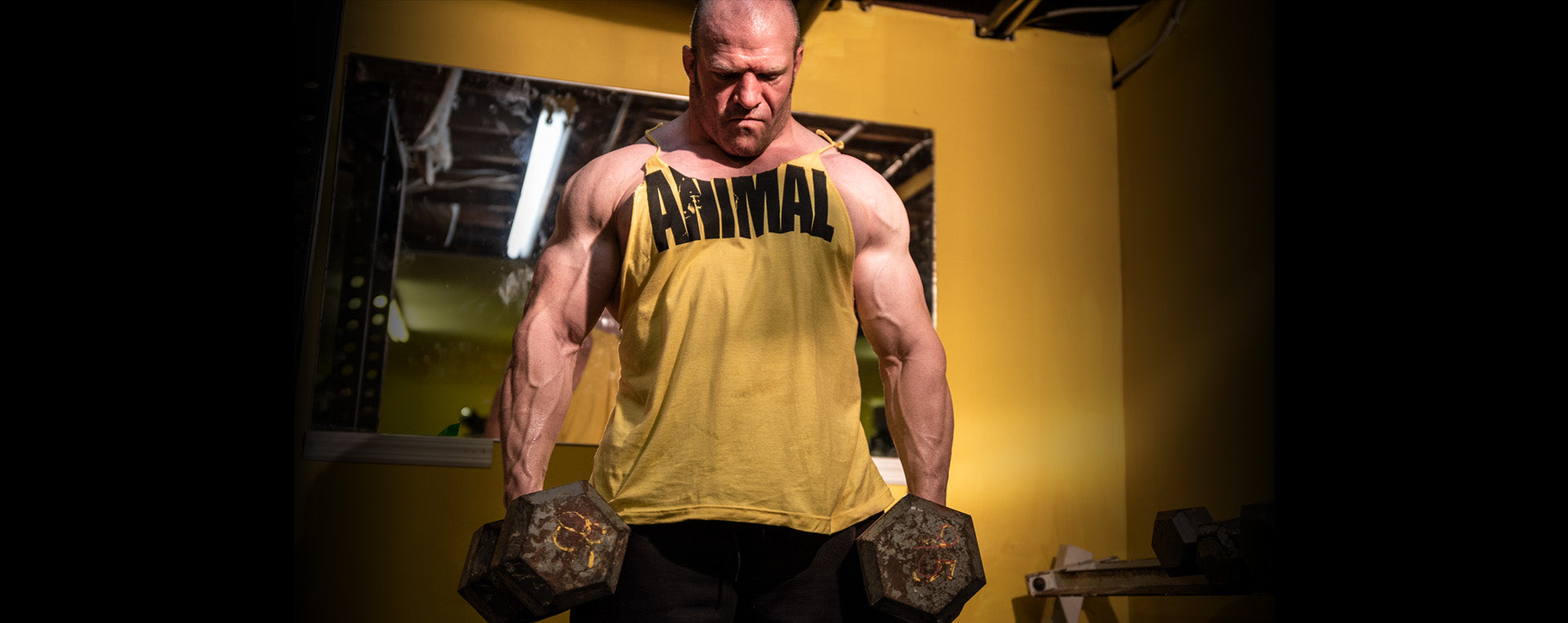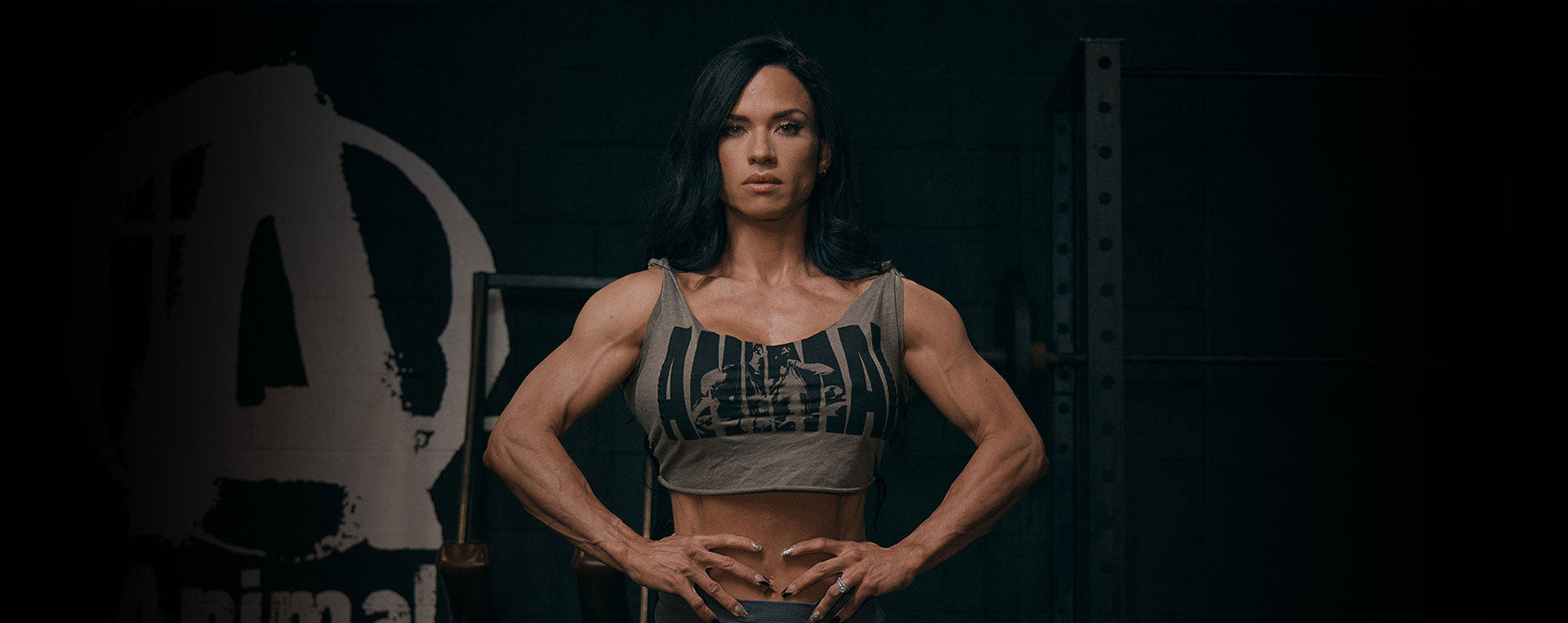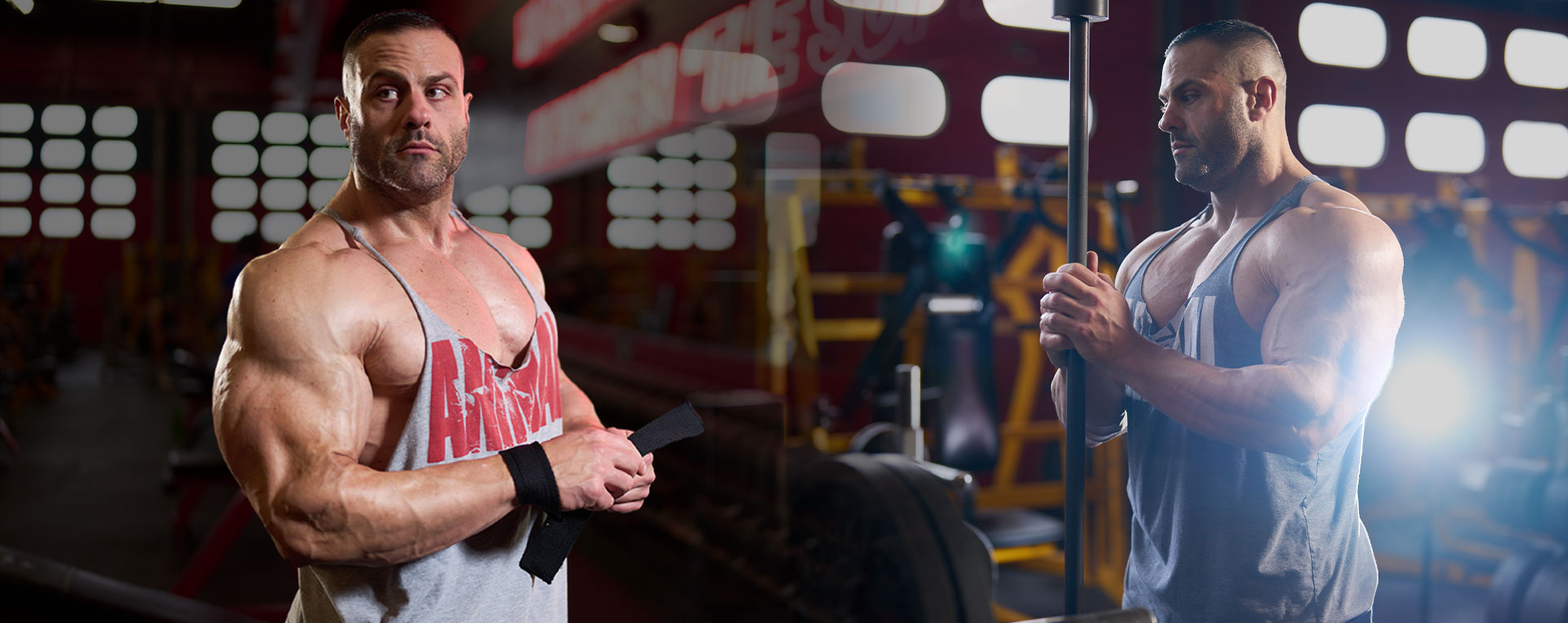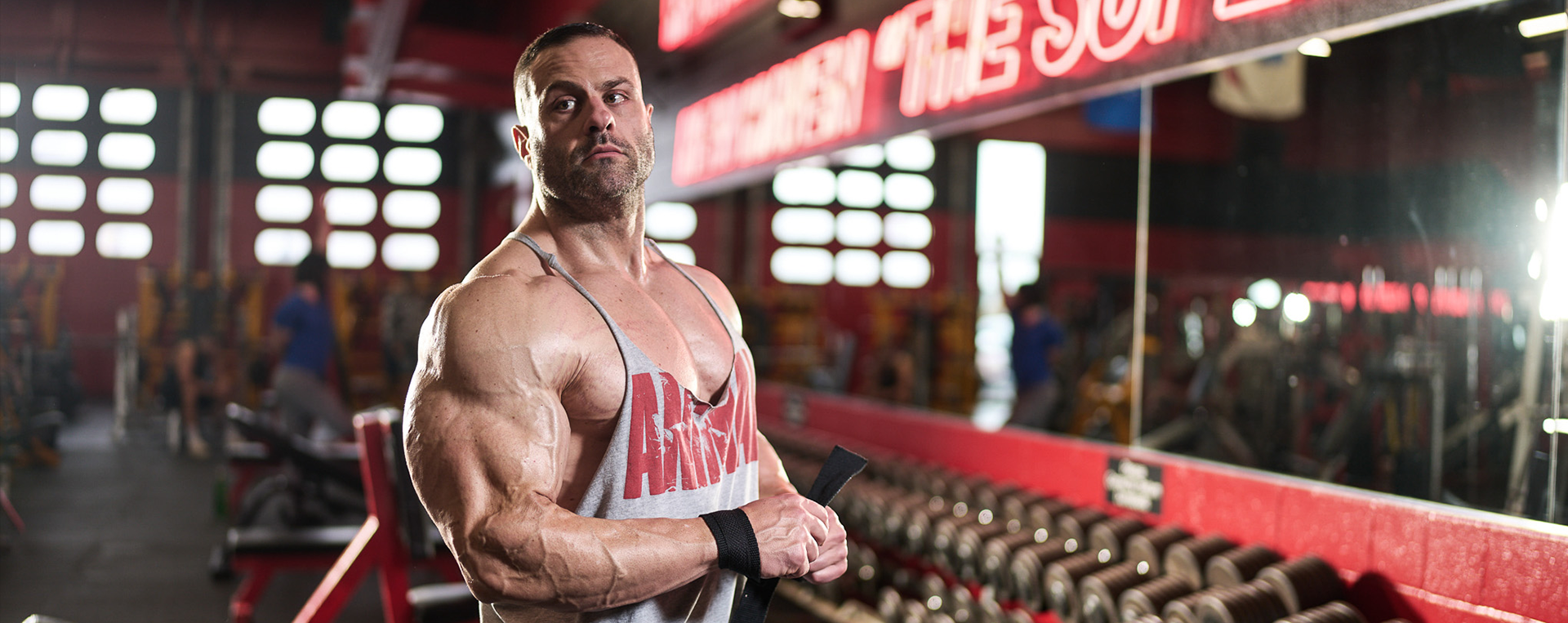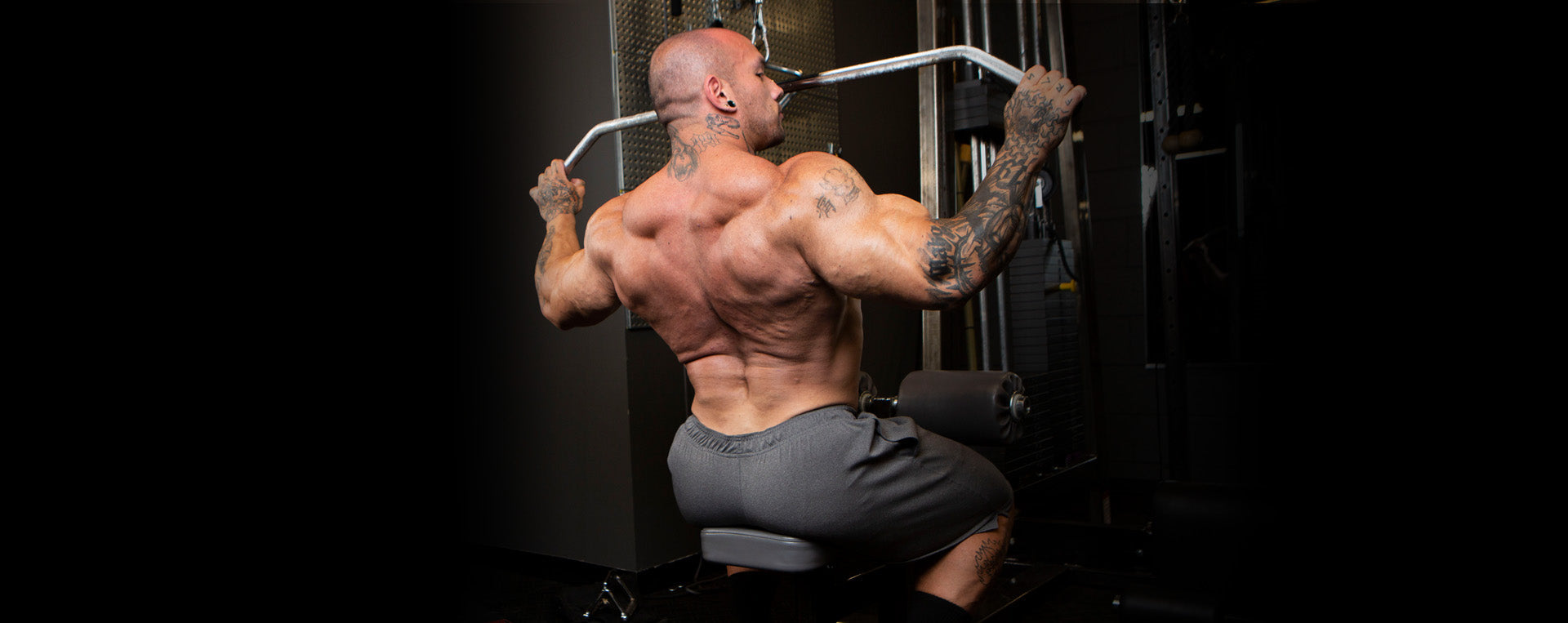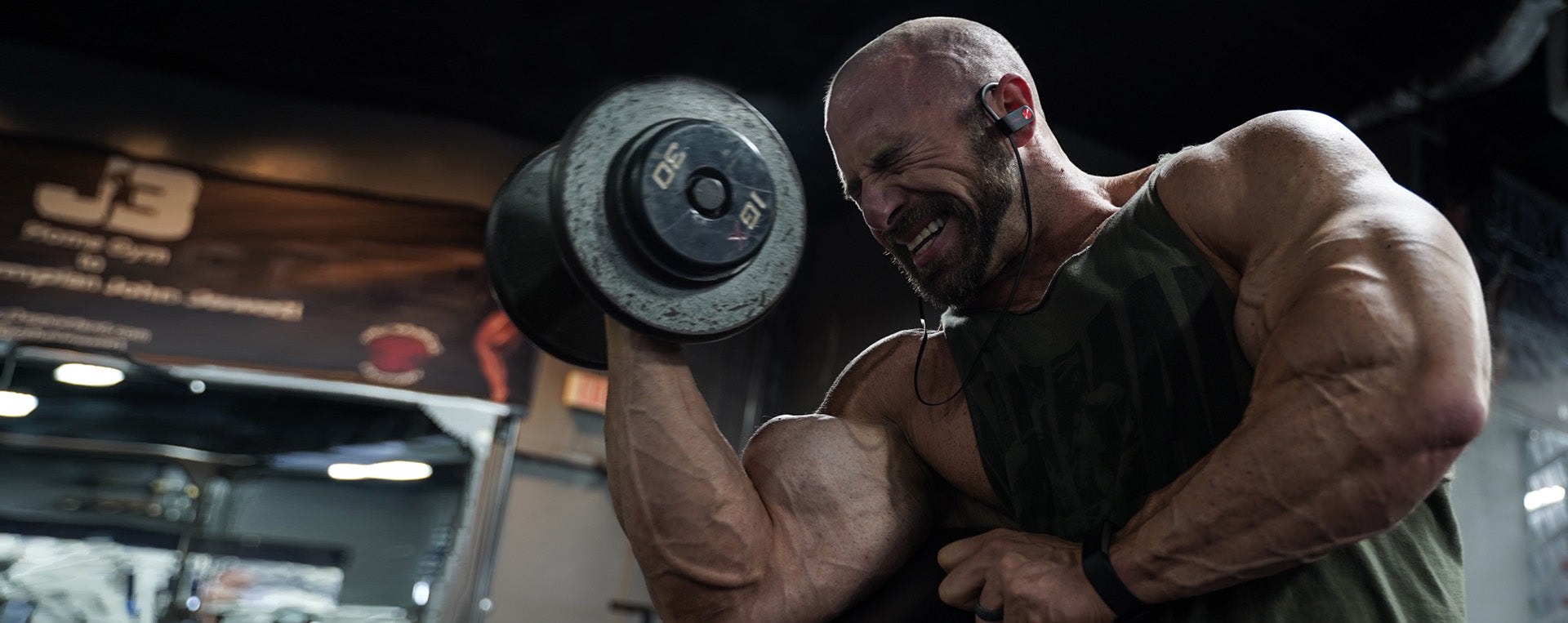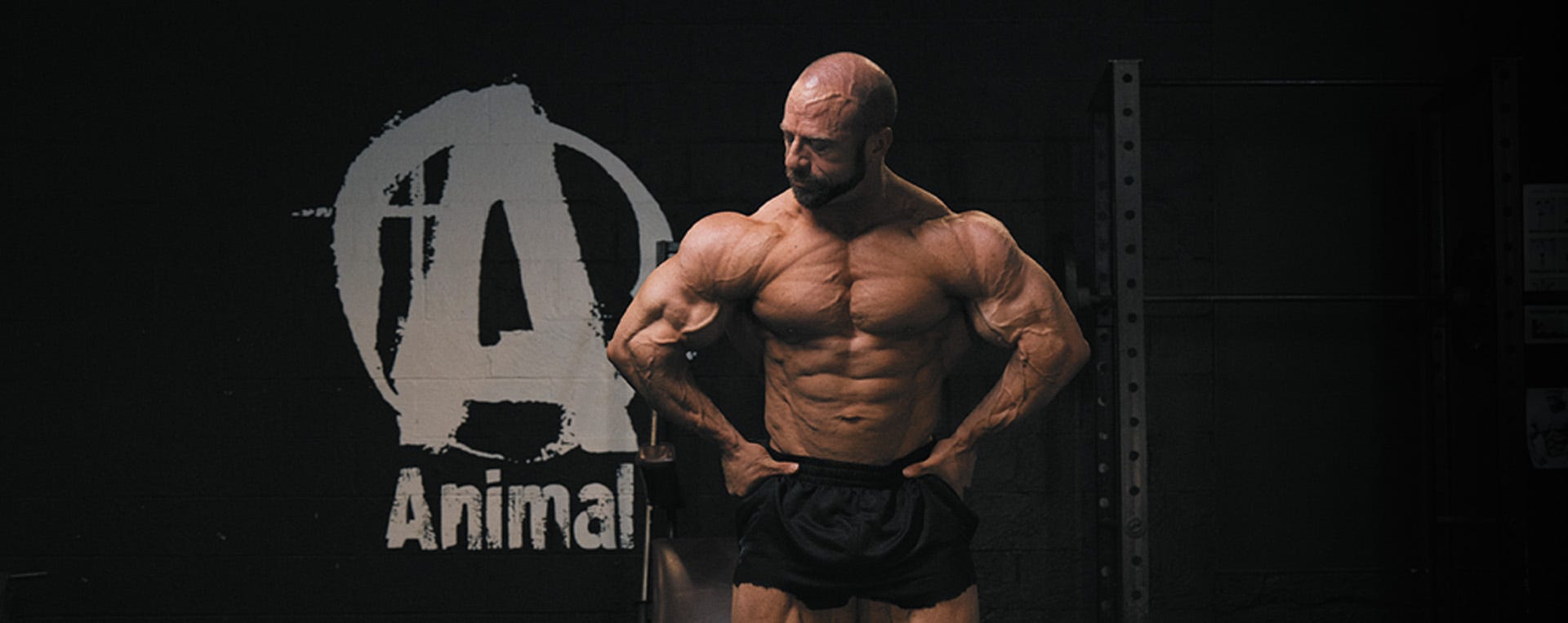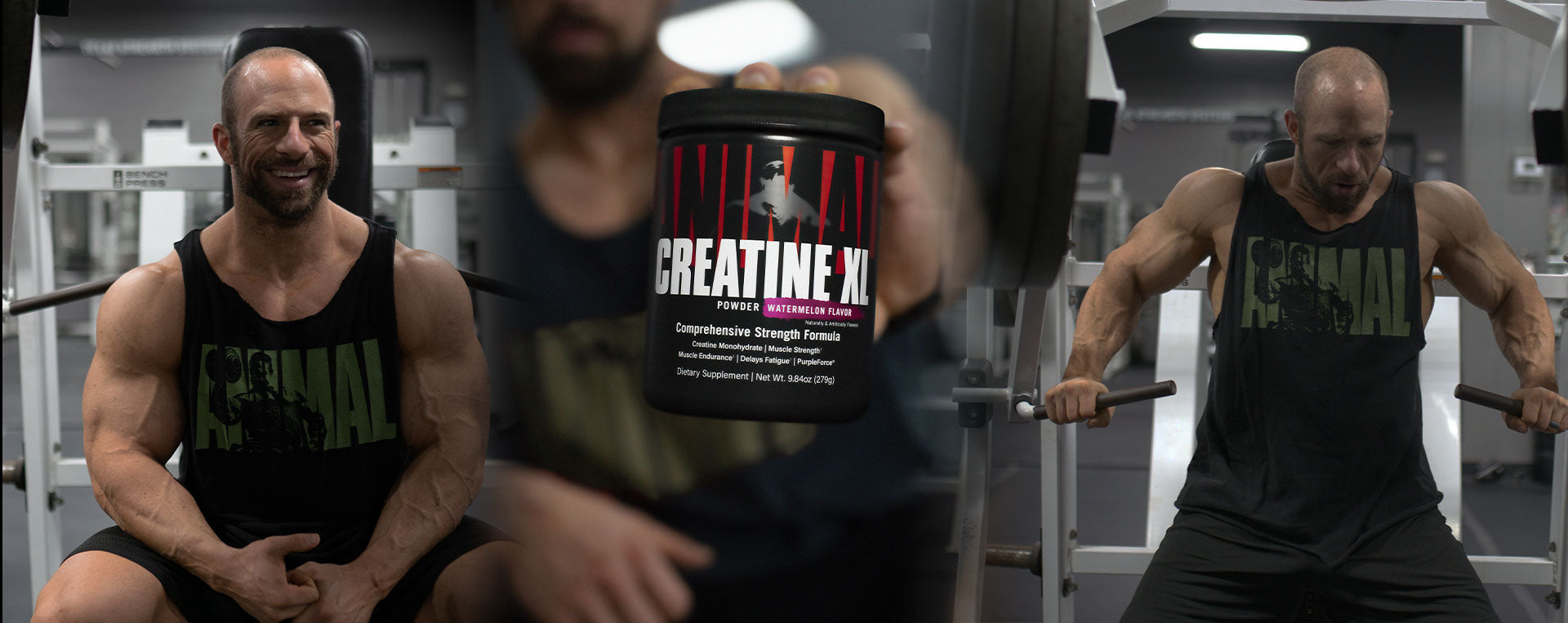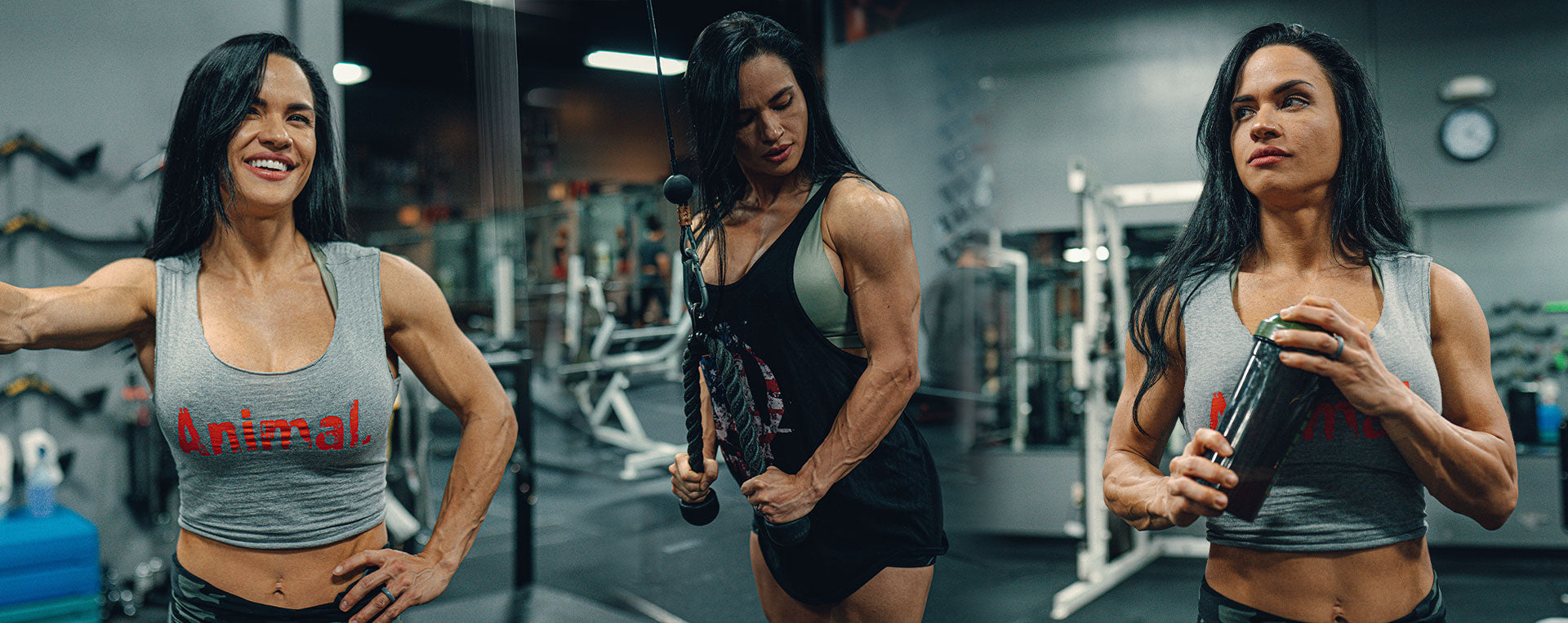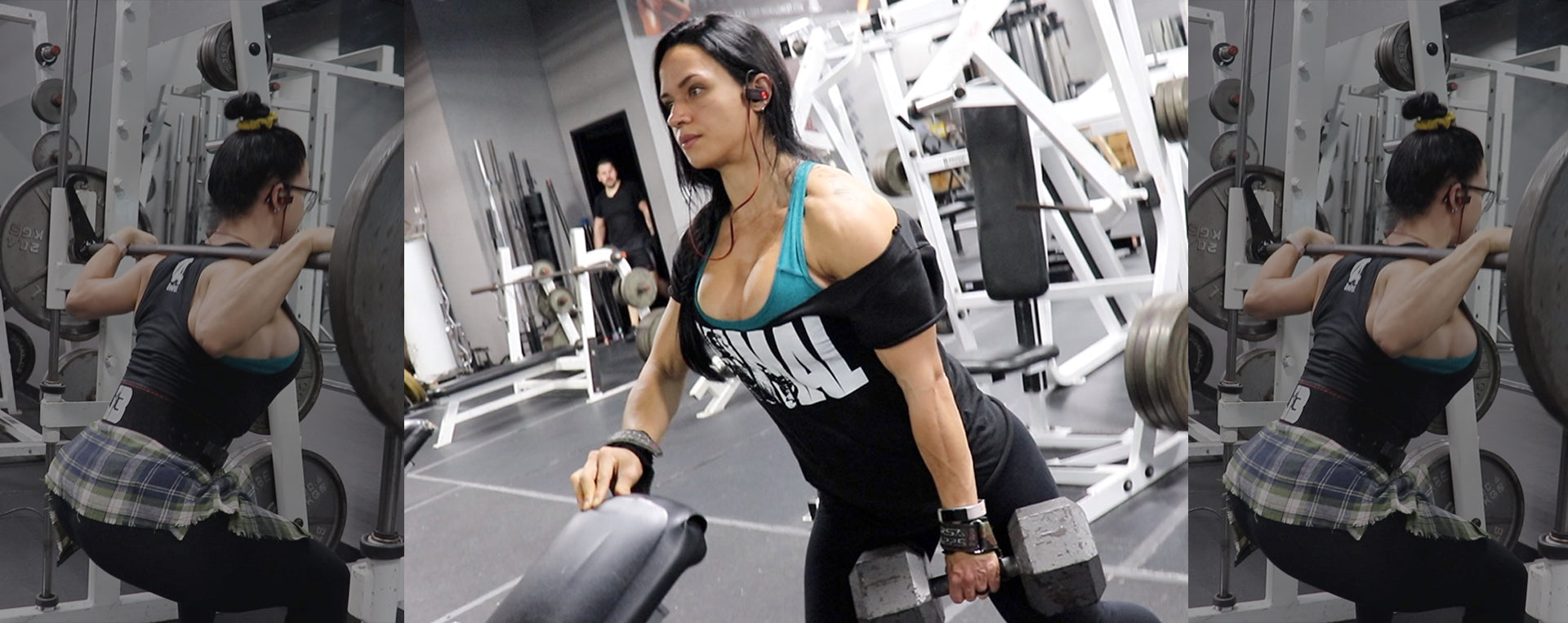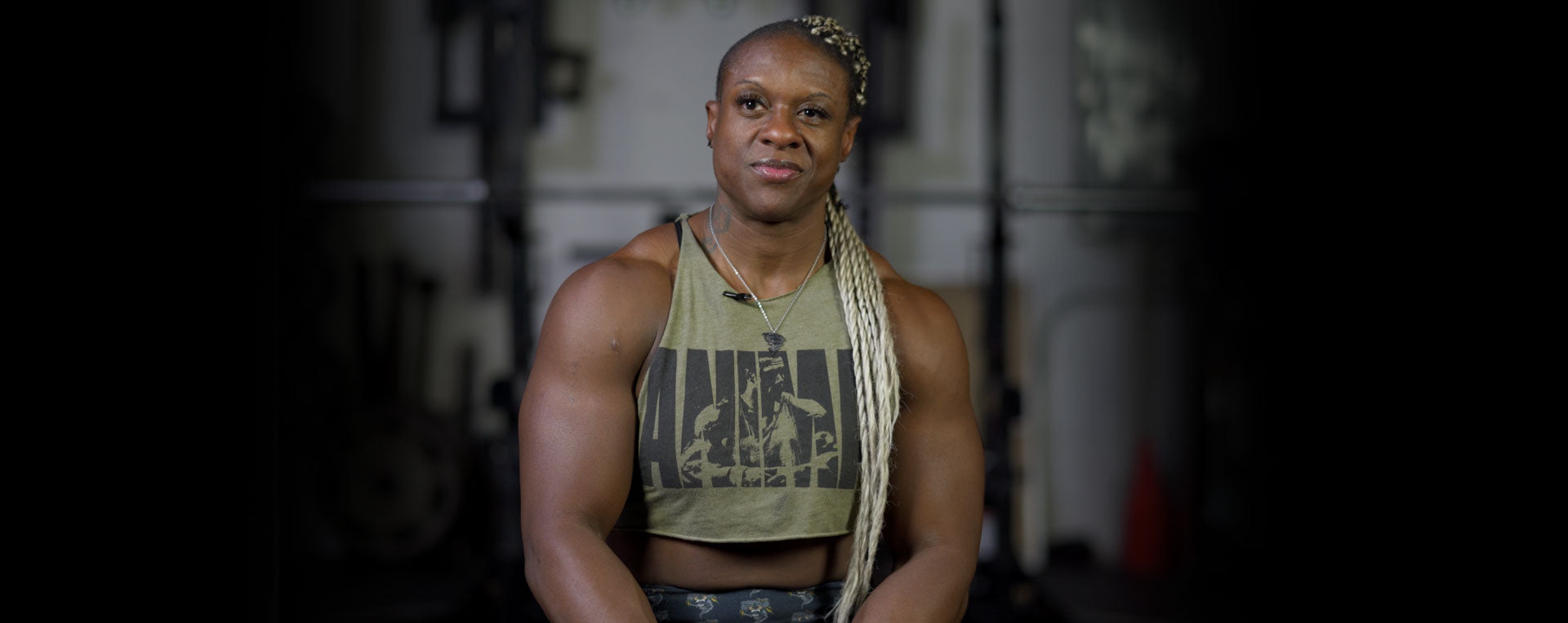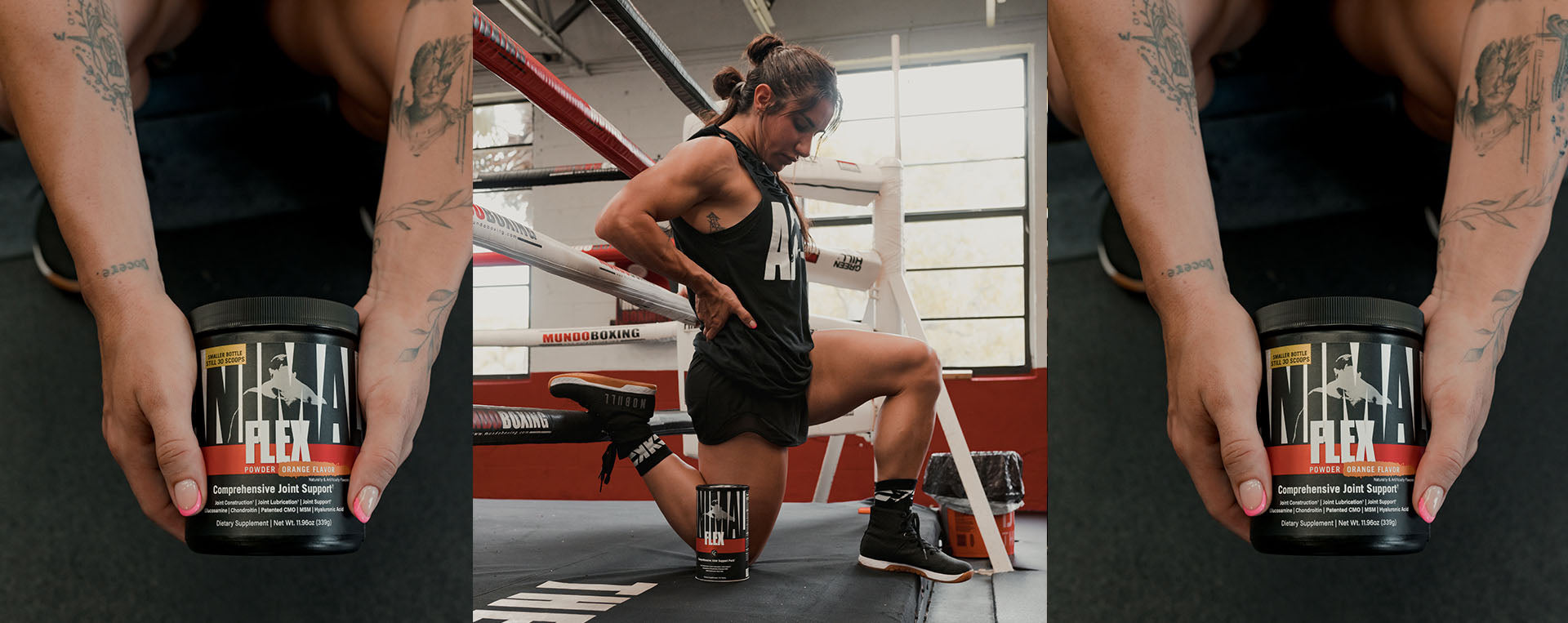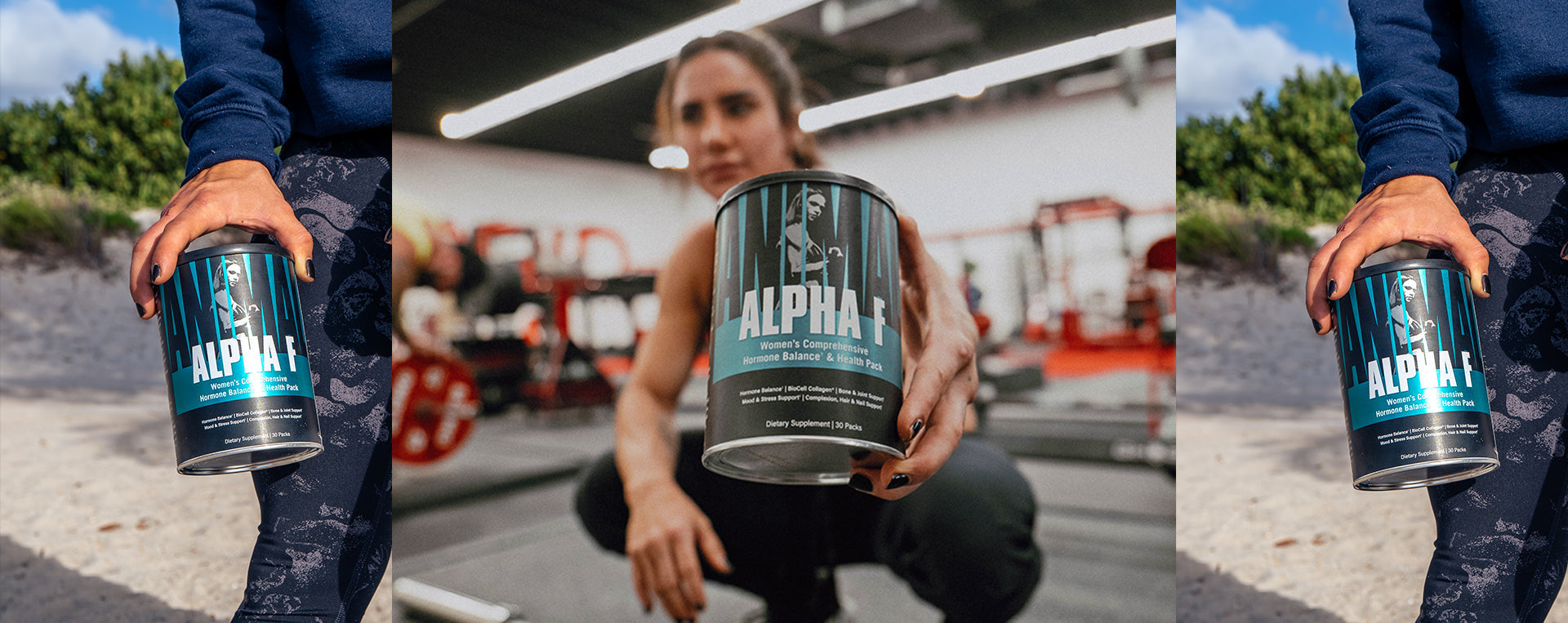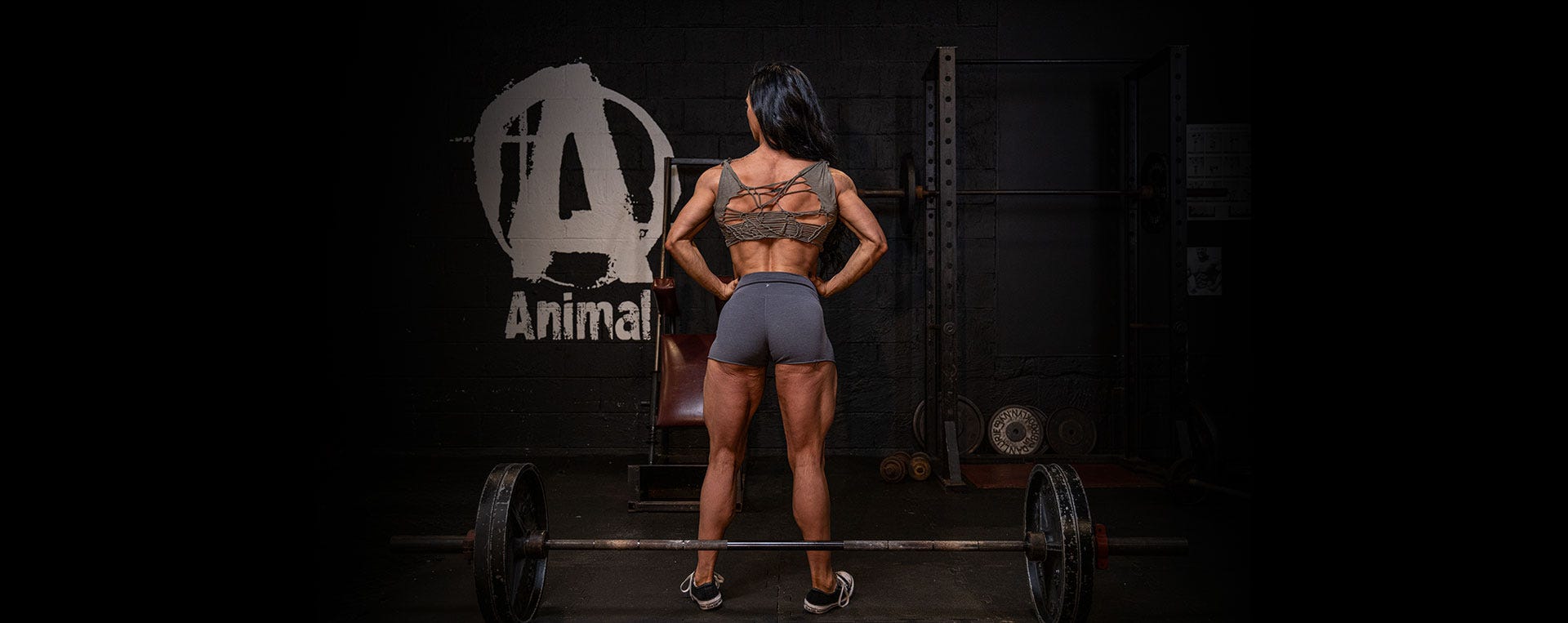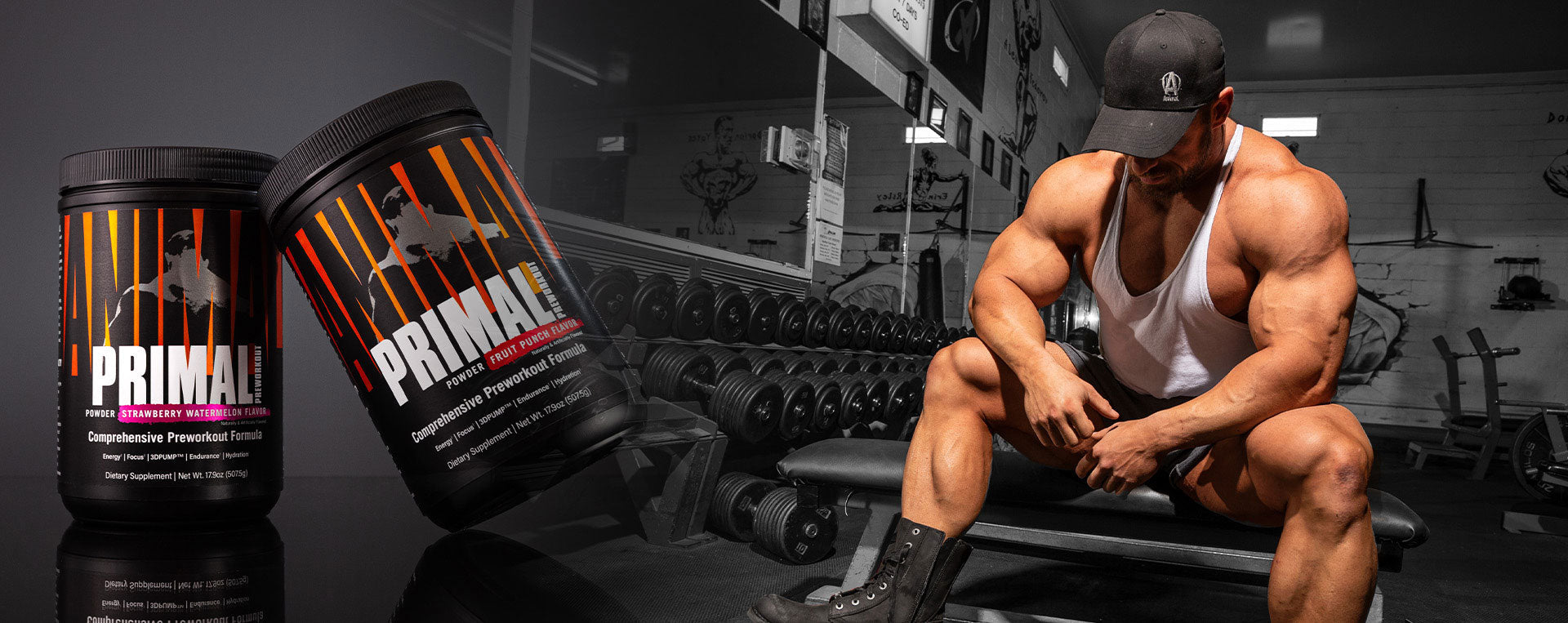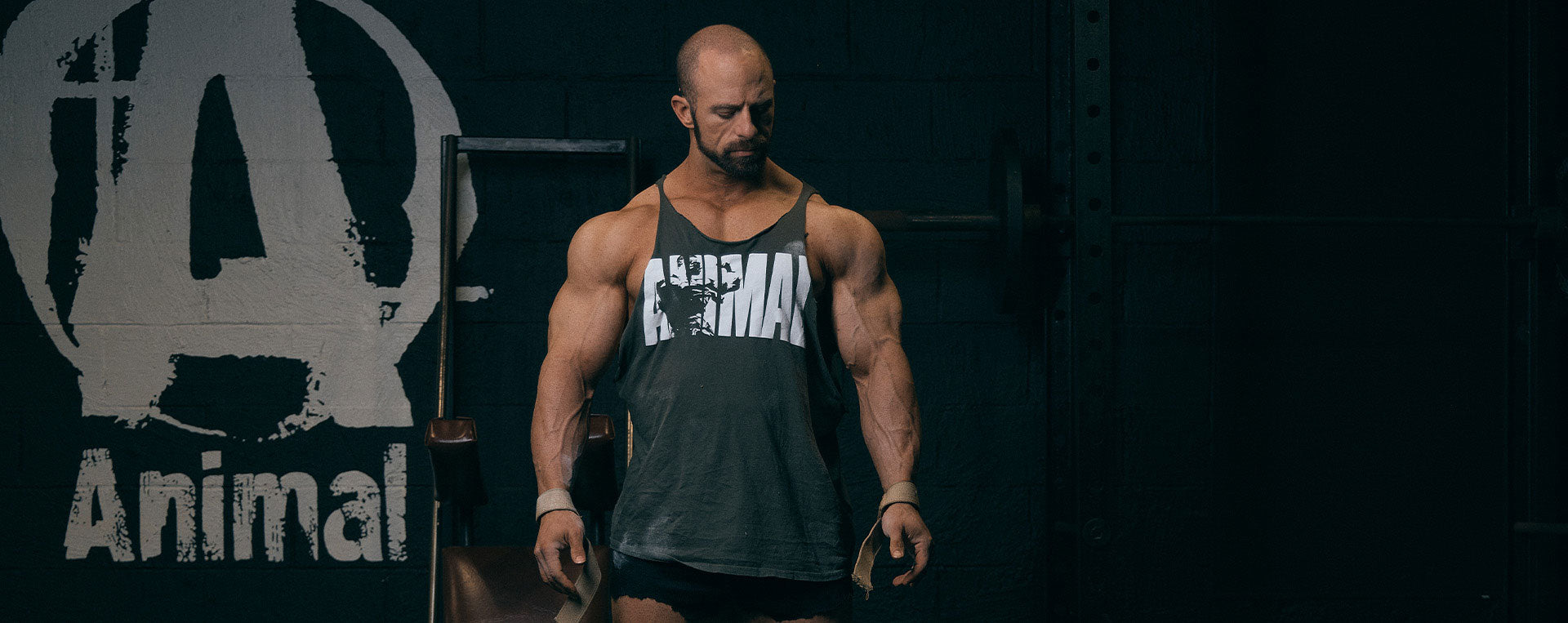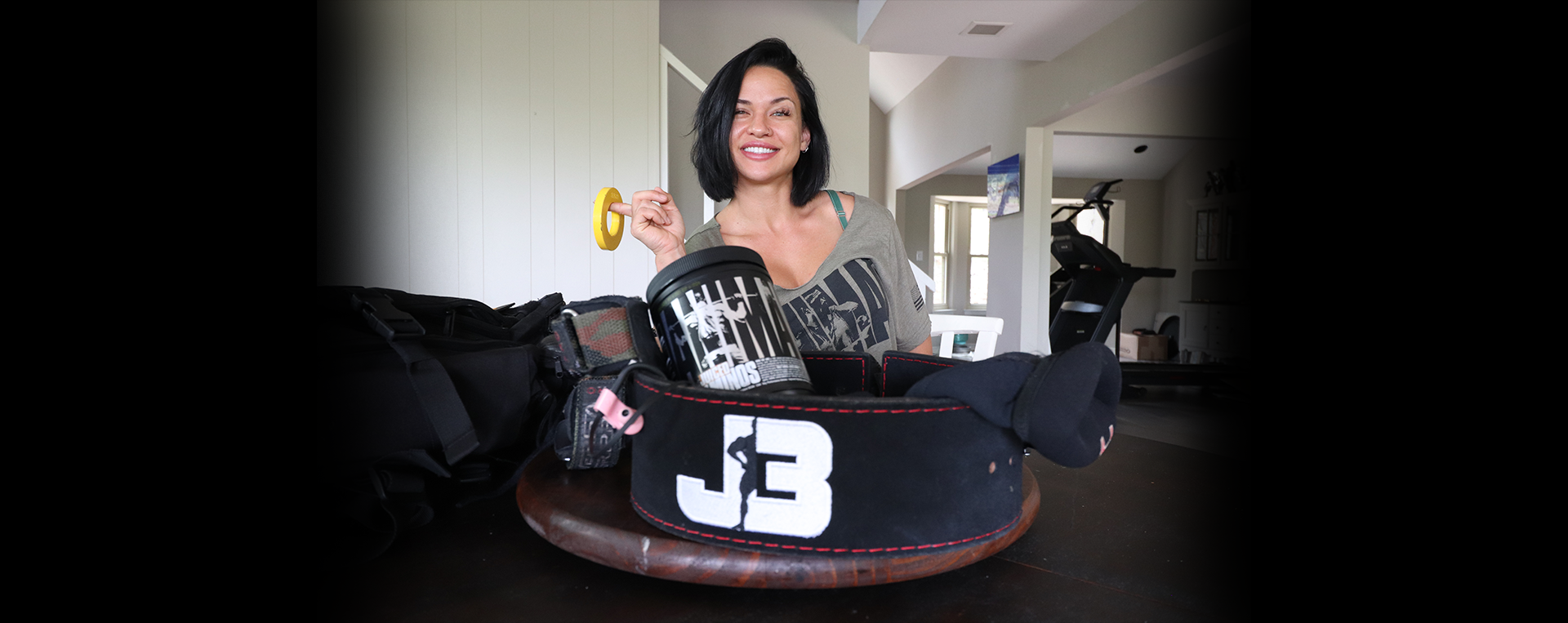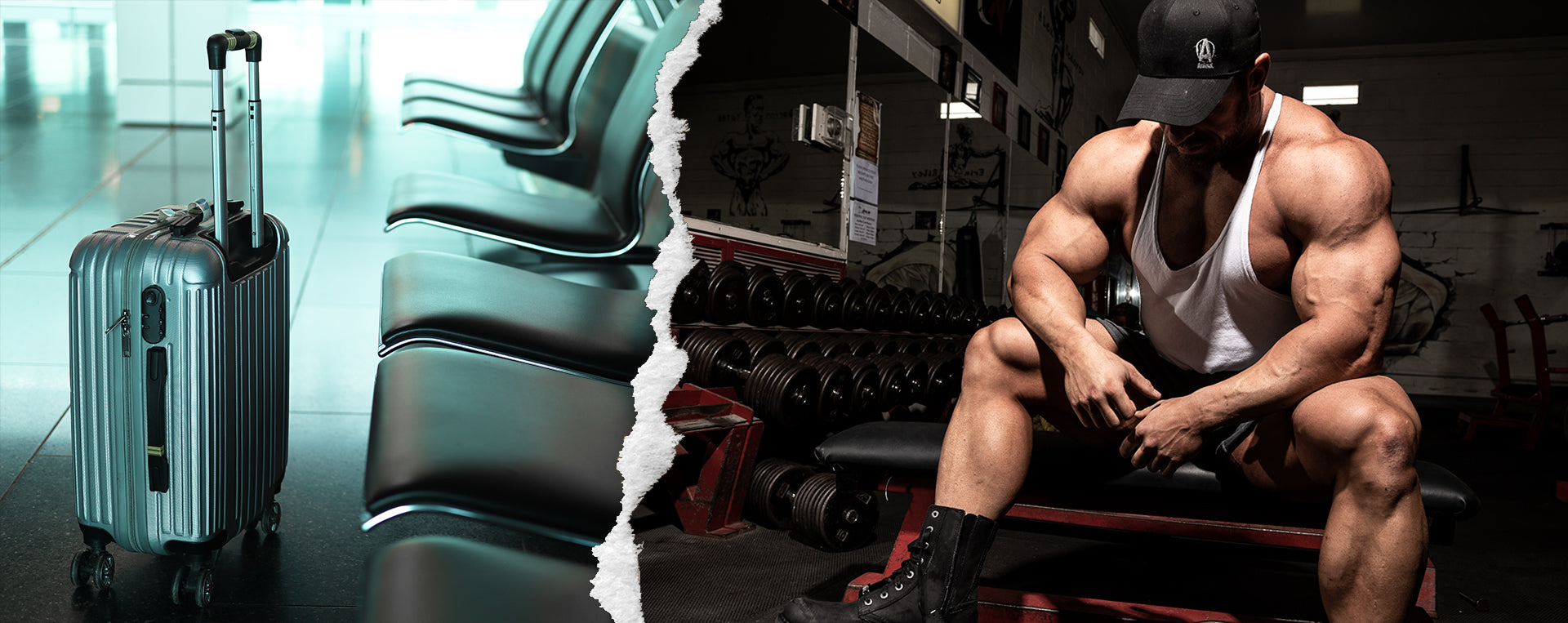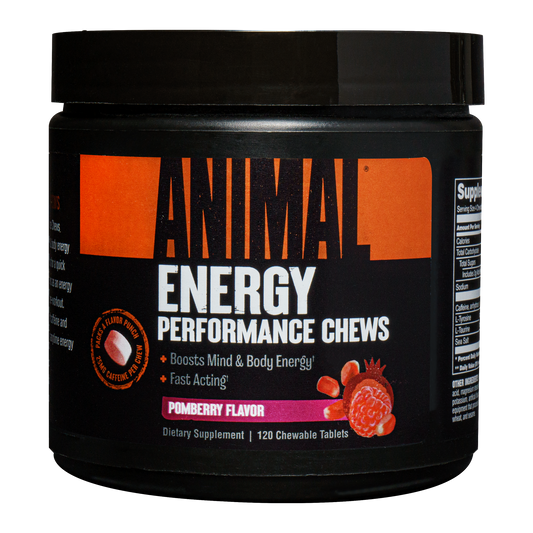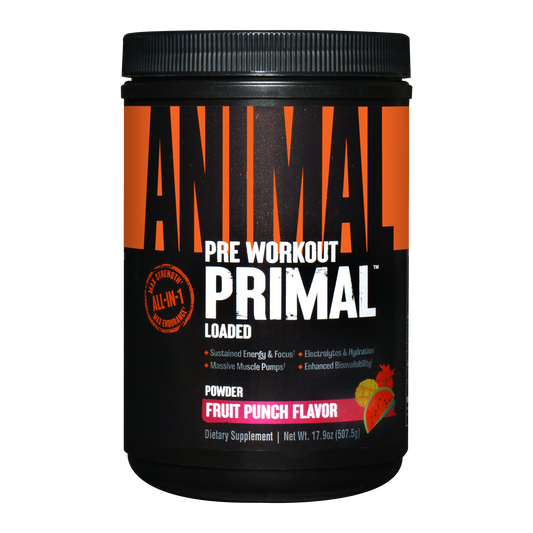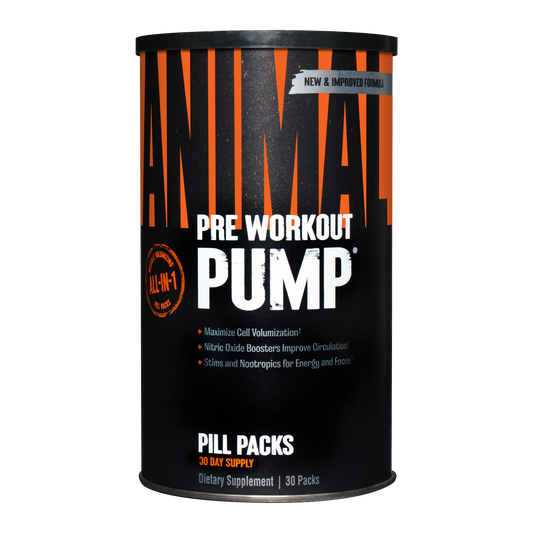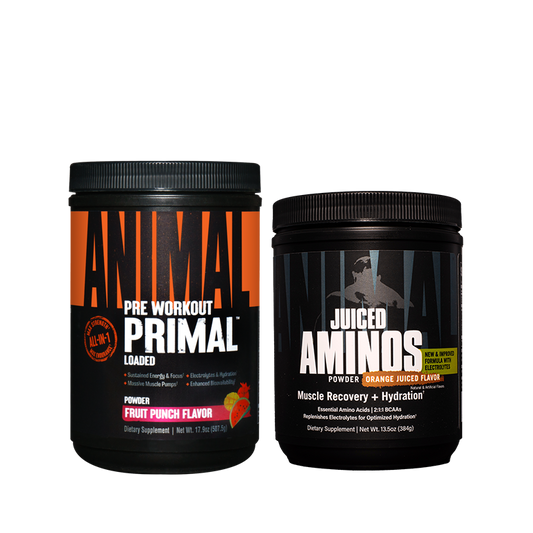Two months ago I wrote an article on calves: the uniqueness of the musculature and its respective training. One of the primary aims of that article was to illuminate the fact that genetics play a far more significant role in calf size AND development than any other muscle group BUT through intelligent training one can make some progress to the area. One of the reasons I wrote that article was because my calves have been the least prominent muscle group of mine throughout my life and therefore I have probably spent more time training and learning about them than any other muscle group.
In this article I’m going to the other end of the spectrum: the area where I have had the best luck as far as genetics for size and development. I’ve had a big neck for as long as I can remember. On the rare occasions as a kid that I had to go to a formal event requiring a tie, I could never fasten my top button and so my mom got me a button extender thing (I don’t know what they’re officially called). As I went through puberty and beyond, my neck and traps seemed to develop faster and easier than any other muscle group. Granted I was heavily involved in wrestling for many of those years and that certainly contributed to developing this area. Even though I haven’t had to put nearly as much direct work into it as some other areas, being the exercise geek that I am I have learned some techniques to maximize growth in the “yoke.”
I can’t tell you how many times someone has looked at my build and then said something to the tune of “I bet you do a lot of shrugs!” I’ve actually never been a big fan of shrugs as a training movement. I think there are other movements that give more bang for the buck and cover more bases. The Olympic lifts are great tools for trap development but they are beyond the purview of this article, due to the fact that they are highly technical and most people reading this article are probably not doing them.
1. Overhead Press
One of the most underrated movements for trap development is any variation of the overhead press. Everyone knows these are good for shoulder and tricep development, but many don’t realize how beneficial they are for traps, especially the upper traps that connect to the neck and are most responsible for the “yoked” look. Remember that the function of the traps is to elevate and retract the shoulders, so any movement that includes this component will incorporate the traps. The area of the traps that are targeted will correspond to the direction of the movement; ie overhead presses elevate the shoulders upward/vertically and will therefore utilize the upper traps, while something like barbell rows will retract the shoulders (pull them towards the back) and therefore emphasize the lower area of the traps.
2. Lateral Raises
Lateral raises are another fantastic and underrated trap builder since they also involve elevating the shoulders. Given the option, I prefer doing cable lateral raises over dumbbells due to the constant tension through a longer range of motion.
3. Kirk Rows
A third movement that I like for building the yoke is something I call Kirk Rows, after the legendary powerlifter Kirk Karwoski. “Captain Kirk” is known for being one of the greatest squatters of all time but he also had a phenomenal physique, and there’s an epic photo of him doing what appears to be a hybrid between a power shrug and a partial upright row. In my younger years I did a fair amount of strict upright rows, but they can be problematic on the shoulders at the upper portion of the movement. So in this version, I stop the pull when the bar is around the middle of my torso. This saves the strain on the shoulders, allows you to use a bit more weight, while involving more muscles and utilizing a greater ROM than plain shrugs.
4. Direct Training
Directly training the neck is a bit more of an esoteric venture, but there’s a number of accessible ways to do it. There are some good machines and devices for this but in my experience they are not commonly found. Laying on your back and raising your chin to your chest for high reps (think 50+) as well as keeping your head off the ground and rotating from side to side (so you’re facing the right and then the left and so on, also for high reps) are two ways anyone can strengthen their neck muscles. Laying on a bench or bed so that your head is over the edge can add a bit more range of motion. To add weight, just put a towel on your forehead and hold a weight plate (start small with a 10lb plate) against it, using your had just to keep it in place as you raise your head up and down.
5. Deadlifting
Lastly, I recommend deadlifting as that places a lot of isometric tension on the area and anecdotally it seems that nearly all big dead lifters have well developed traps/neck, although that certainly may be a chicken and egg scenario.
